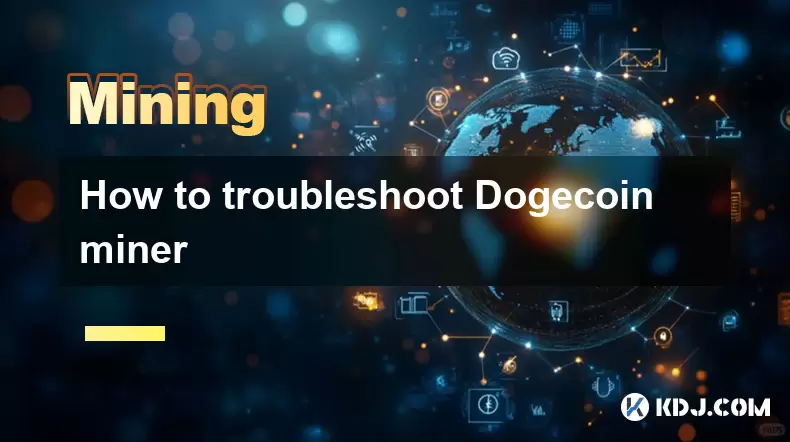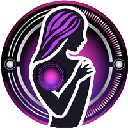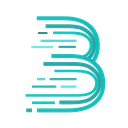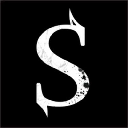-
 bitcoin
bitcoin $122090.672462 USD
1.59% -
 ethereum
ethereum $4493.758974 USD
0.56% -
 xrp
xrp $3.033145 USD
0.65% -
 tether
tether $1.000629 USD
0.00% -
 bnb
bnb $1169.854250 USD
7.07% -
 solana
solana $230.954786 USD
-0.19% -
 usd-coin
usd-coin $0.999785 USD
0.00% -
 dogecoin
dogecoin $0.256108 USD
-1.12% -
 tron
tron $0.342333 USD
-0.12% -
 cardano
cardano $0.859632 USD
-0.10% -
 hyperliquid
hyperliquid $48.932146 USD
-2.25% -
 chainlink
chainlink $22.345466 USD
-1.29% -
 ethena-usde
ethena-usde $1.000217 USD
-0.03% -
 avalanche
avalanche $31.203456 USD
1.93% -
 sui
sui $3.579145 USD
1.05%
How to troubleshoot Dogecoin miner
Ensure correct mining pool settings, update GPU drivers, and monitor hardware temperatures to optimize Dogecoin mining performance and troubleshoot common issues effectively.
Jul 29, 2025 at 05:28 pm

Understanding Common Issues in Dogecoin Mining
When engaging in Dogecoin mining, several technical and environmental factors can impact performance. Miners often encounter issues such as low hash rates, connection failures, or hardware overheating. Understanding the root causes of these problems is essential for effective troubleshooting. A common issue involves incorrect configuration settings within mining software, which can lead to failed pool connections. Additionally, outdated GPU drivers or incompatible versions of mining applications may also cause instability.
Ensure that your mining rig meets the minimum hardware requirements for running the specific mining software you are using. This includes checking compatibility with your graphics cards, motherboard support, and sufficient RAM allocation.
Verifying Mining Software Configuration
One of the most frequent sources of error lies in misconfigured mining software. Whether you're using cpuminer, CudaMiner, or a GUI-based miner like EasyMiner, ensuring accurate setup is critical.
- Check your mining pool URL – Make sure it's correct and corresponds to the pool you registered with (e.g., Multipool, Prohashing).
- Verify worker credentials – Double-check your username and password for the mining pool.
- Confirm algorithm compatibility – Dogecoin uses Scrypt, so ensure your miner supports this hashing algorithm.
If any of these fields contain typos or outdated information, the miner will fail to authenticate or submit shares properly.
Hardware and Driver Considerations
Mining relies heavily on GPU performance, making driver compatibility and hardware health crucial components of smooth operation. Faulty or outdated drivers can result in crashes, poor hashrates, or even system freezes.
- Update your GPU drivers – Use official tools from AMD or NVIDIA to install the latest stable version compatible with your operating system.
- Monitor GPU temperatures – Overheating can throttle performance or damage hardware. Tools like MSI Afterburner help track real-time thermal data.
- Inspect power supply units (PSUs) – Ensure your PSU delivers enough wattage for all GPUs and peripherals connected to the rig.
If a particular GPU consistently underperforms or fails, try swapping PCIe slots or testing with different cables to isolate the problem.
Network and Pool Connectivity Problems
Even with a well-configured miner and healthy hardware, network issues can disrupt mining operations. Intermittent internet connectivity or firewall restrictions may prevent successful communication between the miner and the pool server.
- Test your internet speed – Low upload speeds can delay share submissions and reduce efficiency.
- Disable firewalls or antivirus temporarily – These may block outgoing connections required by mining software.
- Ping the mining pool server – Use command-line tools to check if there’s packet loss or high latency affecting connection stability.
Additionally, some mining pools experience downtime or maintenance periods. If your miner suddenly stops submitting shares, check the pool’s status page or forums for updates.
Log File Analysis and Error Codes
Most mining applications generate log files that provide insight into what might be going wrong. These logs often include timestamps, error codes, and descriptive messages that can pinpoint issues.
- Locate the log file directory – Typically found within the miner’s installation folder or specified in the configuration file.
- Look for recurring error messages – Phrases like “connection refused” or “invalid login” indicate specific issues that need addressing.
- Search online for error codes – Many mining communities and forums discuss solutions to known errors related to specific miners or pools.
Reading through these logs can save time compared to trial-and-error methods and help identify whether the problem lies with software, hardware, or network configurations.
Frequently Asked Questions
Q: Can I mine Dogecoin with an ASIC miner?A: While Dogecoin was originally designed for CPU and GPU mining, certain ASIC devices do support Scrypt-based mining. However, using ASICs for Dogecoin is generally not cost-effective due to the coin’s lower market value and difficulty adjustments.
Q: Why does my miner show zero accepted shares?A: This typically indicates authentication failure or connection issues with the mining pool. Verify your worker credentials, pool address, and port number. Also, check if the pool server is operational.
Q: How do I choose the best mining pool for Dogecoin?A: Look at factors such as payout structure, fees, server location, and uptime history. Popular options include Multipool, Prohashing, and Zpool. Choose one that offers consistent payouts and good user reviews.
Q: What should I do if my miner keeps crashing after a few minutes?A: Investigate possible causes such as overheating, insufficient power supply, or incompatible software versions. Monitor system resources and update drivers or mining software accordingly.
Disclaimer:info@kdj.com
The information provided is not trading advice. kdj.com does not assume any responsibility for any investments made based on the information provided in this article. Cryptocurrencies are highly volatile and it is highly recommended that you invest with caution after thorough research!
If you believe that the content used on this website infringes your copyright, please contact us immediately (info@kdj.com) and we will delete it promptly.
- BlockDAG, DOGE, HYPE Sponsorship: Crypto Trends Shaping 2025
- 2025-10-01 00:25:13
- Deutsche Börse and Circle: A StableCoin Adoption Powerhouse in Europe
- 2025-10-01 00:25:13
- BlockDAG's Presale Buzz: Is It the Crypto to Watch in October 2025?
- 2025-10-01 00:30:13
- Bitcoin, Crypto, and IQ: When Genius Meets Digital Gold?
- 2025-10-01 00:30:13
- Stablecoins, American Innovation, and Wallet Tokens: The Next Frontier
- 2025-10-01 00:35:12
- NBU, Coins, and Crypto in Ukraine: A New Yorker's Take
- 2025-10-01 00:45:14
Related knowledge

The difference between staking and mining
Sep 24,2025 at 05:18am
Understanding Staking in the Cryptocurrency Ecosystem1. Staking involves holding funds in a cryptocurrency wallet to support the operations of a block...

How to participate in testnet mining?
Sep 22,2025 at 09:18am
Understanding Testnet Mining in the Crypto Ecosystem1. Testnet mining is a method used by blockchain developers to simulate real-world conditions on a...

How to dispose of abandoned mining machines?
Sep 19,2025 at 08:19pm
Assessing the Condition of Abandoned Mining Rigs1. Begin by inspecting each mining machine for visible damage, corrosion, or missing components. Machi...

How to identify high-quality mining pools?
Sep 21,2025 at 03:19pm
Reputation and Track Record1. A mining pool’s reputation is built over time through consistent performance and transparency. Pools that have operated ...

Advantages of decentralized mining pools
Sep 20,2025 at 04:36pm
Enhanced Security and Resistance to Censorship1. Decentralized mining pools operate on blockchain-based smart contracts, eliminating the need for a ce...

What is mining machine overclocking?
Sep 21,2025 at 07:19pm
Understanding Mining Machine Overclocking1. Mining machine overclocking refers to the process of increasing the operating frequency of a cryptocurrenc...

The difference between staking and mining
Sep 24,2025 at 05:18am
Understanding Staking in the Cryptocurrency Ecosystem1. Staking involves holding funds in a cryptocurrency wallet to support the operations of a block...

How to participate in testnet mining?
Sep 22,2025 at 09:18am
Understanding Testnet Mining in the Crypto Ecosystem1. Testnet mining is a method used by blockchain developers to simulate real-world conditions on a...

How to dispose of abandoned mining machines?
Sep 19,2025 at 08:19pm
Assessing the Condition of Abandoned Mining Rigs1. Begin by inspecting each mining machine for visible damage, corrosion, or missing components. Machi...

How to identify high-quality mining pools?
Sep 21,2025 at 03:19pm
Reputation and Track Record1. A mining pool’s reputation is built over time through consistent performance and transparency. Pools that have operated ...

Advantages of decentralized mining pools
Sep 20,2025 at 04:36pm
Enhanced Security and Resistance to Censorship1. Decentralized mining pools operate on blockchain-based smart contracts, eliminating the need for a ce...

What is mining machine overclocking?
Sep 21,2025 at 07:19pm
Understanding Mining Machine Overclocking1. Mining machine overclocking refers to the process of increasing the operating frequency of a cryptocurrenc...
See all articles










































































